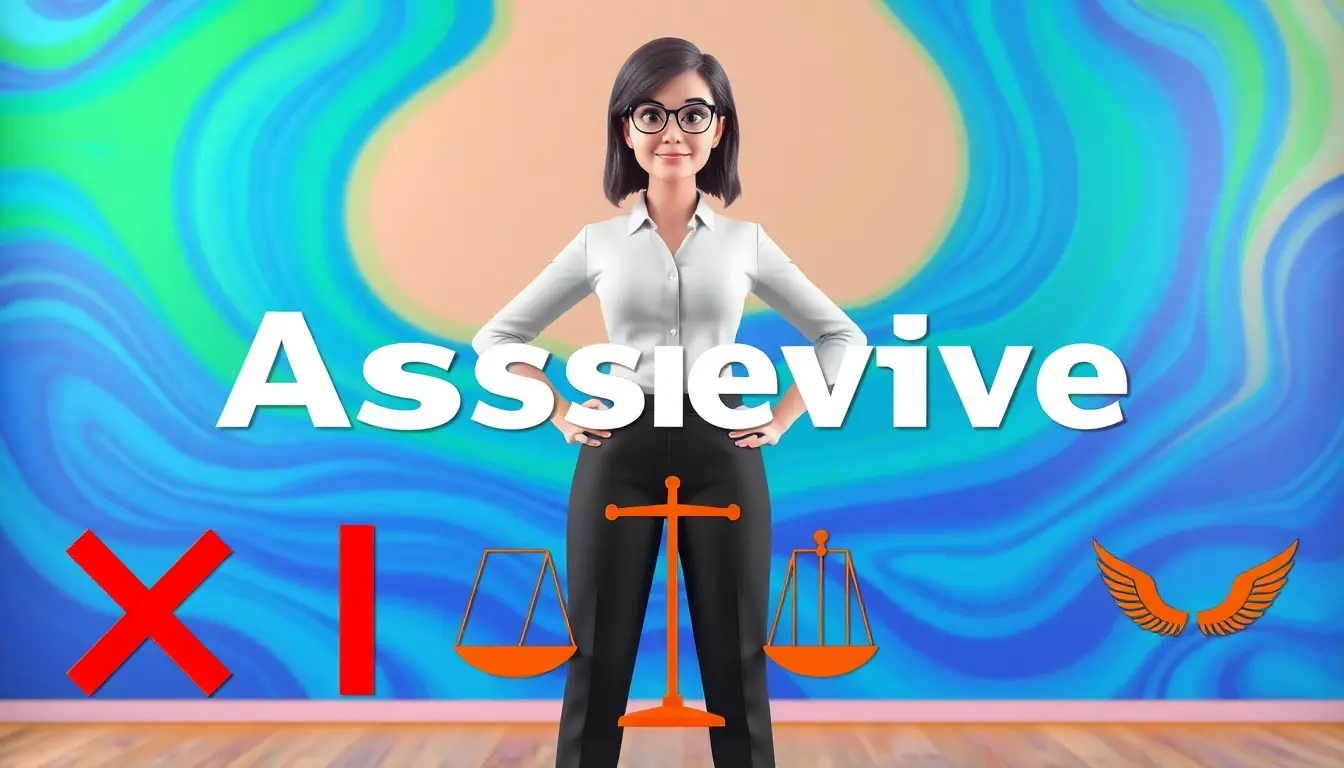What is Multiparty Negotiation?
Multiparty negotiation is a complex process that involves three or more parties working together to reach a mutually beneficial agreement. It’s a common scenario in business, politics, and international relations, where multiple stakeholders with different interests and goals need to collaborate to achieve a shared objective. In multiparty negotiation, each party has its own agenda, and the outcome depends on the ability of the parties to find common ground and compromise.
In this article, we’ll explore the strategies and techniques for successful multiparty negotiation, highlighting the key challenges and opportunities that arise when dealing with multiple parties.
Challenges of Multiparty Negotiation
Multiparty negotiation is inherently more complex than bilateral negotiation, as the number of parties involved increases the number of possible outcomes and the potential for conflict. Some of the key challenges of multiparty negotiation include:
-
Coordination: Managing the communication and coordination among multiple parties can be a daunting task, especially when parties have different communication styles and preferences.
-
Divergent interests: Each party has its own interests, goals, and priorities, which can lead to conflicting demands and expectations.
-
Power imbalance: The presence of multiple parties can create power imbalances, where one party may dominate the negotiation process or exert undue influence over the others.
-
Cognitive biases: Multiparty negotiation can amplify cognitive biases, such as confirmation bias and anchoring bias, which can lead to suboptimal outcomes.
Despite these challenges, multiparty negotiation can also offer opportunities for creative solutions and mutually beneficial agreements.
Strategies for Successful Multiparty Negotiation
To overcome the challenges of multiparty negotiation, parties can employ several strategies, including:
-
Coalition building: Identifying common interests and goals among parties can help build coalitions and create a united front.
-
Issue linking: Linking different issues or topics can help parties find creative solutions and trade-offs that satisfy multiple interests.
-
Package deals: Offering package deals or bundled agreements can help parties reach a mutually beneficial agreement.
-
Mediation: Using a neutral third-party mediator can help facilitate communication and coordination among parties.
-
Joint problem-solving: Encouraging parties to work together to identify and solve problems can help build trust and foster cooperation.
Communication and Coordination in Multiparty Negotiation
Effective communication and coordination are critical components of successful multiparty negotiation. Parties can use various tools and techniques to facilitate communication and coordination, including:
-
Joint meetings: Holding joint meetings with all parties present can help facilitate open communication and build trust.
-
Working groups: Establishing working groups or subcommittees can help parties focus on specific issues and develop joint solutions.
-
Communication protocols: Establishing clear communication protocols, such as regular updates and progress reports, can help parties stay informed and coordinated.
-
Technology: Leveraging technology, such as video conferencing and collaboration software, can help parties communicate and coordinate more effectively.
Power Dynamics in Multiparty Negotiation
Power dynamics play a critical role in multiparty negotiation, as parties with more power or influence can shape the negotiation process and outcome. To manage power dynamics, parties can:
-
Identify power imbalances: Recognizing power imbalances can help parties develop strategies to address them.
-
Build coalitions: Building coalitions with other parties can help counterbalance power imbalances.
-
Use objective criteria: Using objective criteria, such as data or expert opinions, can help parties make more informed decisions and reduce the influence of power imbalances.
Conclusion
Multiparty negotiation is a complex and challenging process that requires careful planning, effective communication, and creative problem-solving. By understanding the challenges and opportunities of multiparty negotiation, parties can develop strategies and techniques to reach mutually beneficial agreements and achieve their goals.
FAQ
What is the main difference between multiparty negotiation and bilateral negotiation?
Multiparty negotiation involves three or more parties, while bilateral negotiation involves only two parties.
How can parties manage power imbalances in multiparty negotiation?
Parties can manage power imbalances by identifying power imbalances, building coalitions, and using objective criteria to make more informed decisions.
What is the role of a mediator in multiparty negotiation?
A mediator can facilitate communication and coordination among parties, help parties identify common interests and goals, and provide guidance on negotiation strategies and techniques.







Leave a Reply